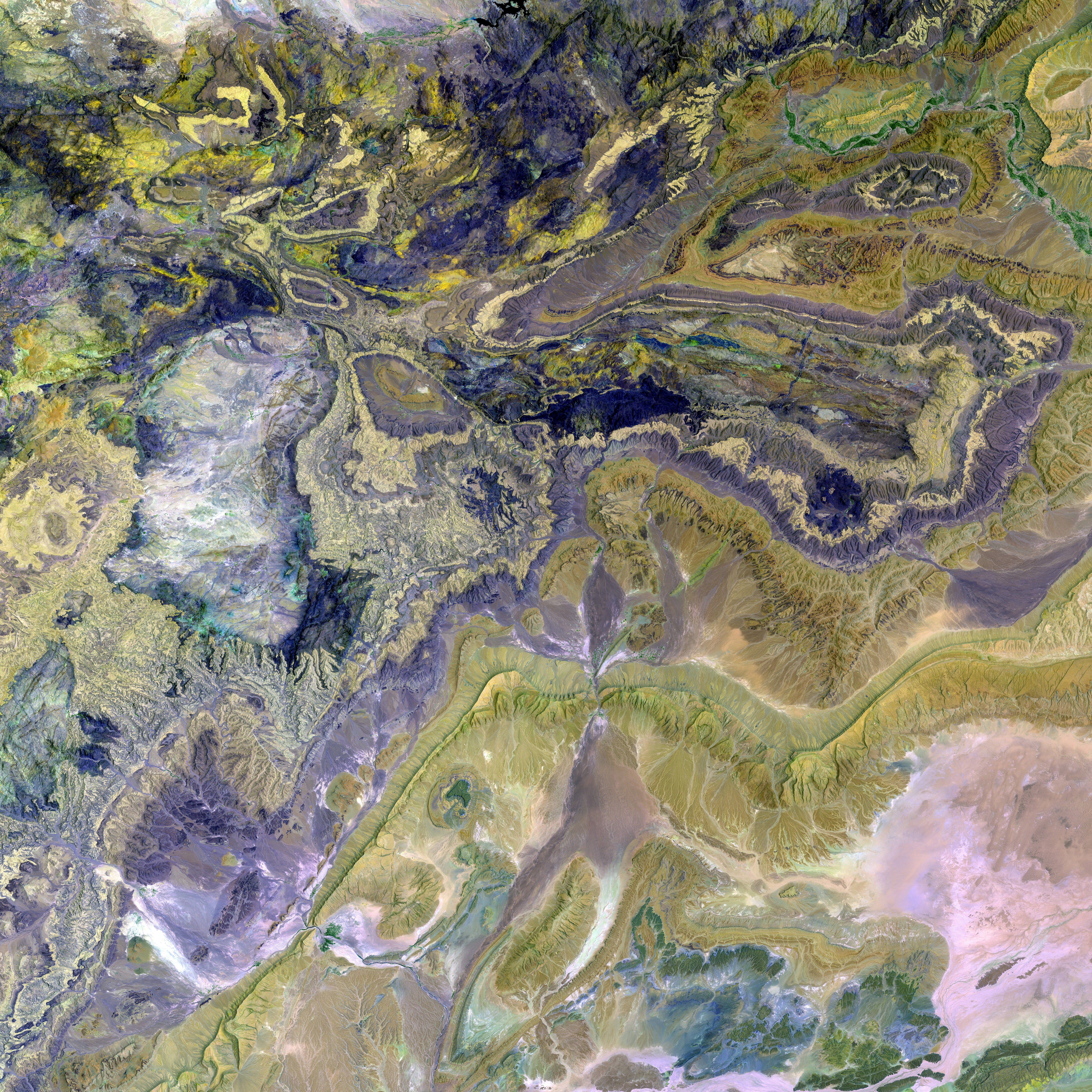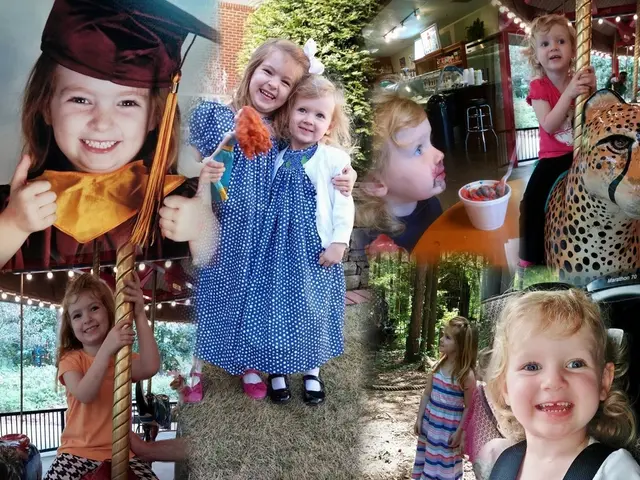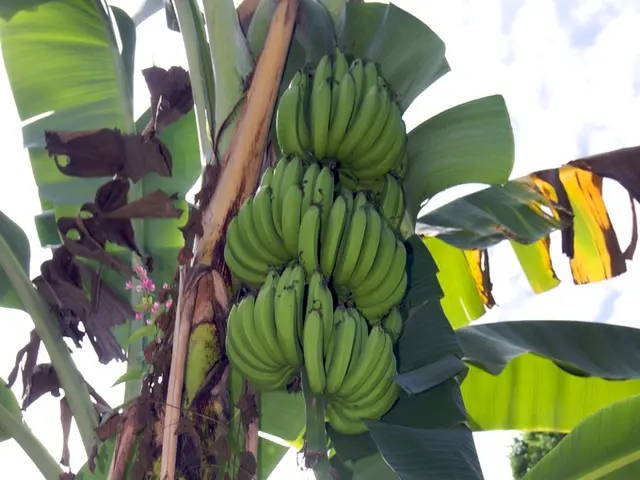Guide to the Traditional Maori Dance of New Zealand: The Haka
The Haka: A Vibrant and Powerful Expression of Maori Culture
The haka, an age-old tradition of the Maori people in New Zealand, is more than just a dance. It is a living cultural artifact, deeply steeped in history, storytelling, and emotion, serving as a testament to the Maori identity. Now recognized internationally as a symbol of New Zealand's rich heritage, this guide delves into the haka's origins, significance, and contemporary role.
What is the Haka?
The haka is a dynamic performance characterized by synchronized movements, chanting, and dramatic facial expressions. It is typically performed by groups, symbolizing unity and shared purpose. The haka serves multiple functions, including (but not limited to):
- Welcoming guests (Pōwhiri): To honor visitors with respect.
- Celebration: At weddings, graduations, or cultural festivals to mark joyous occasions.
- Mourning: In funerals to express grief and commemorate the deceased.
- War Dance: Historically performed by warriors to intimidate opponents and prepare for battle.
While rooted in its warlike origins, the modern haka has evolved into a versatile form of cultural expression showcased in both traditional and modern settings.
The Origins of the Haka
The roots of the haka trace back to Maori mythology and history. One Māori legend ascribes its creation to Tāne-rore, the son of Hine-raumati (goddess of summer) and Tama-nui-te-rā (the sun god). Legend has it that the shimmering heat waves on hot days resembled Tāne-rore's dance, sparking the essential movements of the haka.
In ancient times, haka were predominantly reserved for warriors, known as peruperu, which featured aggressive movements, loud chants, and intense expressions designed to intimidate enemies and bolster the performers' resolve.
Types of Haka
The haka encompasses various forms, each with distinctive meanings and purposes. Notable examples include:
- Peruperu: A traditional war haka involving weapons and leaping movements, designed to mentally and physically prepare warriors for battle.
- Ka Mate: Perhaps the most renowned haka, composed by the Maori chief Te Rauparaha in the early 19th century. "Ka Mate" symbolizes survival and triumph and is now famously performed by the New Zealand All Blacks rugby team.
- Ngārahu: A haka performed without weapons, often used in ceremonies or cultural events to convey unity and strength.
- Tūtū Ngārahu and Whakatū Waewae: Social haka emphasizing storytelling and celebration, reflecting the vibrancy of Maori culture.
Each type of haka showcases unique choreography, lyrics, and purposes, highlighting the diversity within Maori traditions.
The Structure of a Haka
The structure of a haka captivates audiences with its blend of precise movements, rhythm, and vocalization. Important elements include:
- Movements: Stamping feet, slapping thighs and chests, and coordinated hand gestures that intensify the performance's impact.
- Facial Expressions: Distinctive features such as wide eyes, protruding tongues, and fierce expressions that convey the performers' passion and intensity.
- Chanting: The haka is accompanied by a chant, typically in the Maori language, which communicates its message. The lyrics can celebrate ancestors, issue a challenge, or express unity.
These elements result in a performance that resonates with both performers and audiences alike, leaving a lasting impression.
Cultural Significance of the Haka
For the Maori, the haka is a cultural treasure that echoes their heritage, values, and identity. It serves as a medium for storytelling, a conduit for connecting with ancestors, and a celebration of their traditions' enduring vibrancy. Furthermore, it fosters a sense of community by bridging emotional divides and allowing people to express joint emotions-whether joy, sorrow, or defiance.
In contemporary New Zealand, the haka plays a significant role in various settings, including:
- Sports Events: The All Blacks rugby team performs the haka before each international match, demonstrating Maori culture on a global stage. Their renditions of "Ka Mate" and other haka have become iconic.
- State Ceremonies: Haka are performed at official events, such as state welcomes for foreign dignitaries, to honor guests and emphasize New Zealand's cultural heritage.
- Education: Schools in New Zealand frequently teach the haka as part of cultural education, helping students connect with Maori traditions.
- Entertainment and Advocacy: The haka has made appearances in films, concerts, and social movements, bringing attention to crucial issues and showcasing Maori identity.
In conclusion, the haka is a powerful, expressive cultural artifact that reflects the strength, resilience, and rich cultural heritage of the Maori people. Whether performed in a traditional ceremony or on a global stage, the haka continues to resonate, providing meaningful insights into the Maori spirit and the unique identity of New Zealand. By appreciating and respecting this tradition, we can all foster a deeper appreciation for one of New Zealand's most cherished practices.
The haka not only represents a dynamic dance performance but also serves as a reflection of the Maori people's lifestyle, storytelling, and emotions, connecting past and present. Moreover, the haka's versatility in fashion-and-beauty, food-and-drink, travel, and cars events highlights its contemporary relevance in showcasing New Zealand's unique cultural tapestry.
The haka, with its intertwined history, Maori mythology, and diverse forms, such as Peruperu, Ka Mate, Ngārahu, and Tūtū Ngārahu, demonstrates the vibrancy of Maori culture, an integral part of their daily lives. Through this cultural expression, the haka bridges various aspects of modern New Zealand, from sports events like the All Blacks rugby games to state ceremonies, education, entertainment, and advocacy, emphasizing the nation's diverse heritage.






